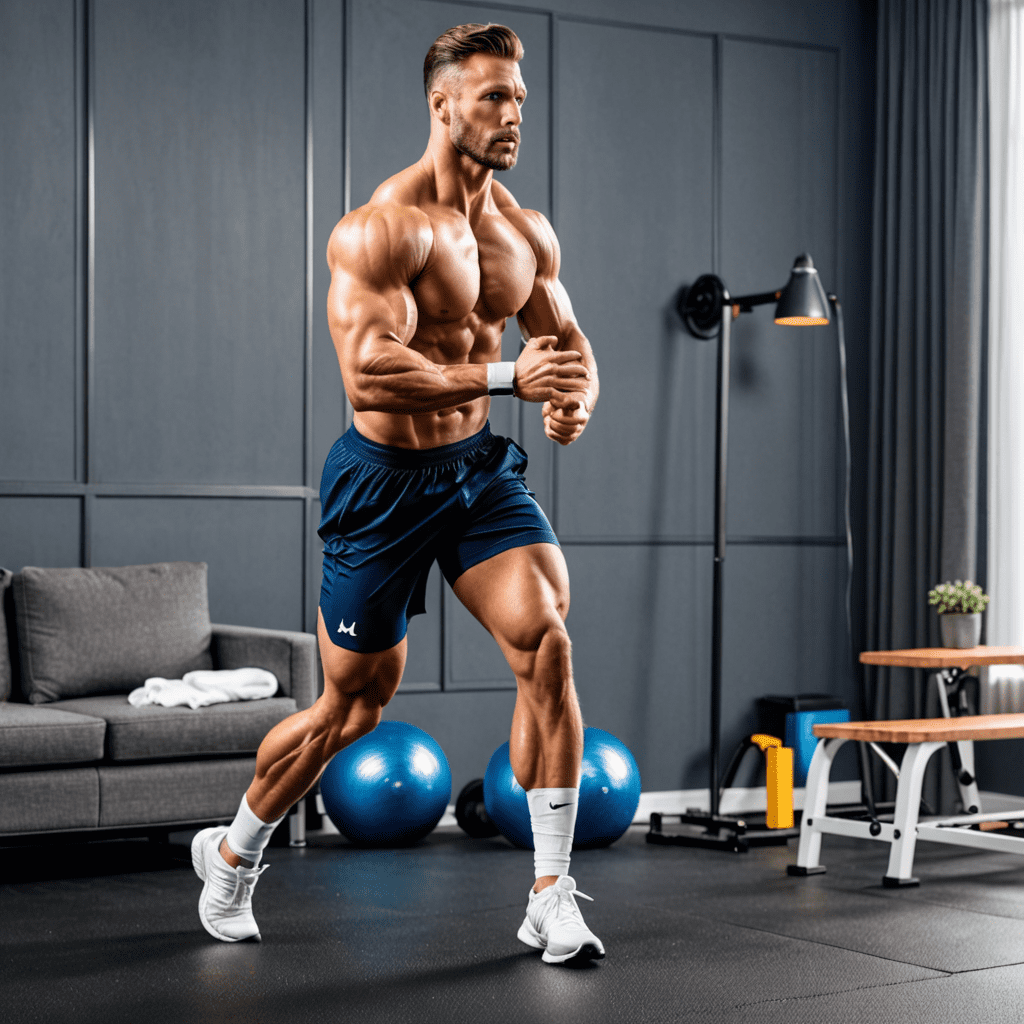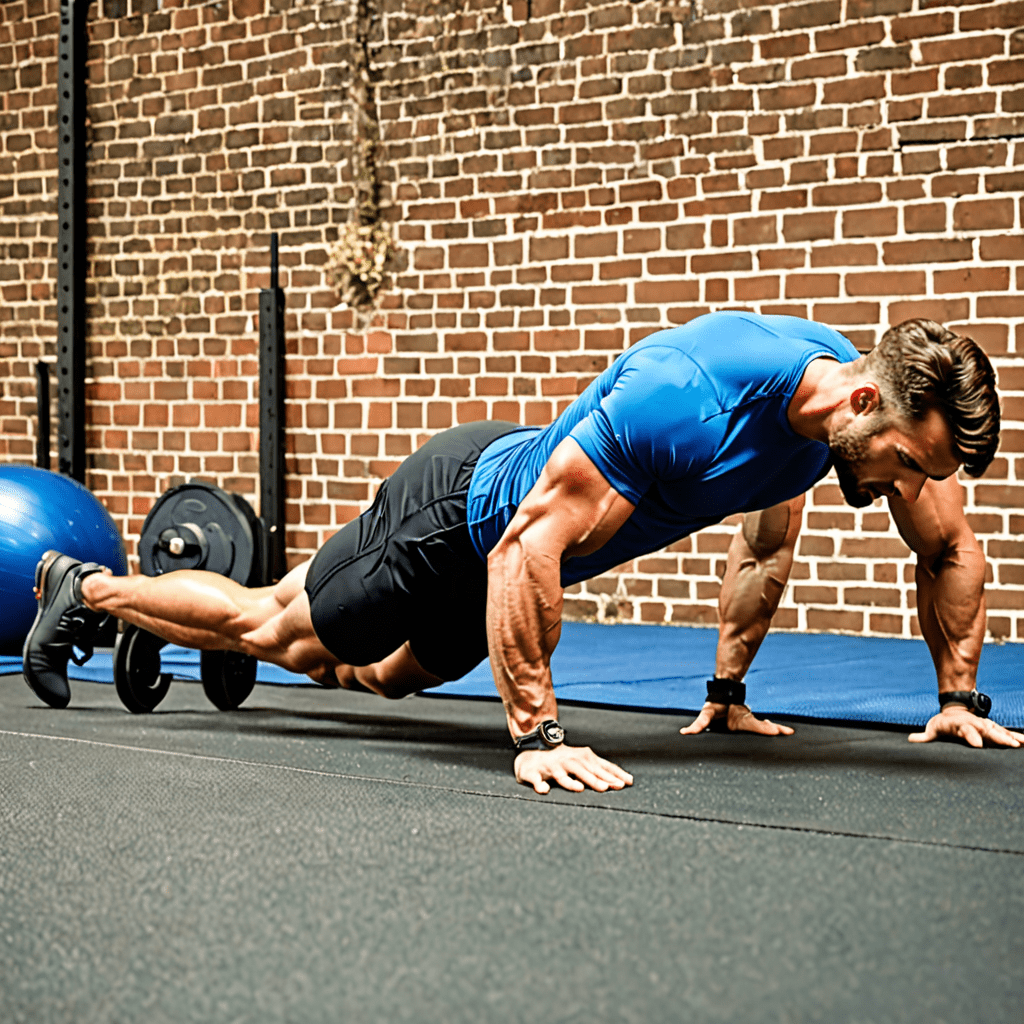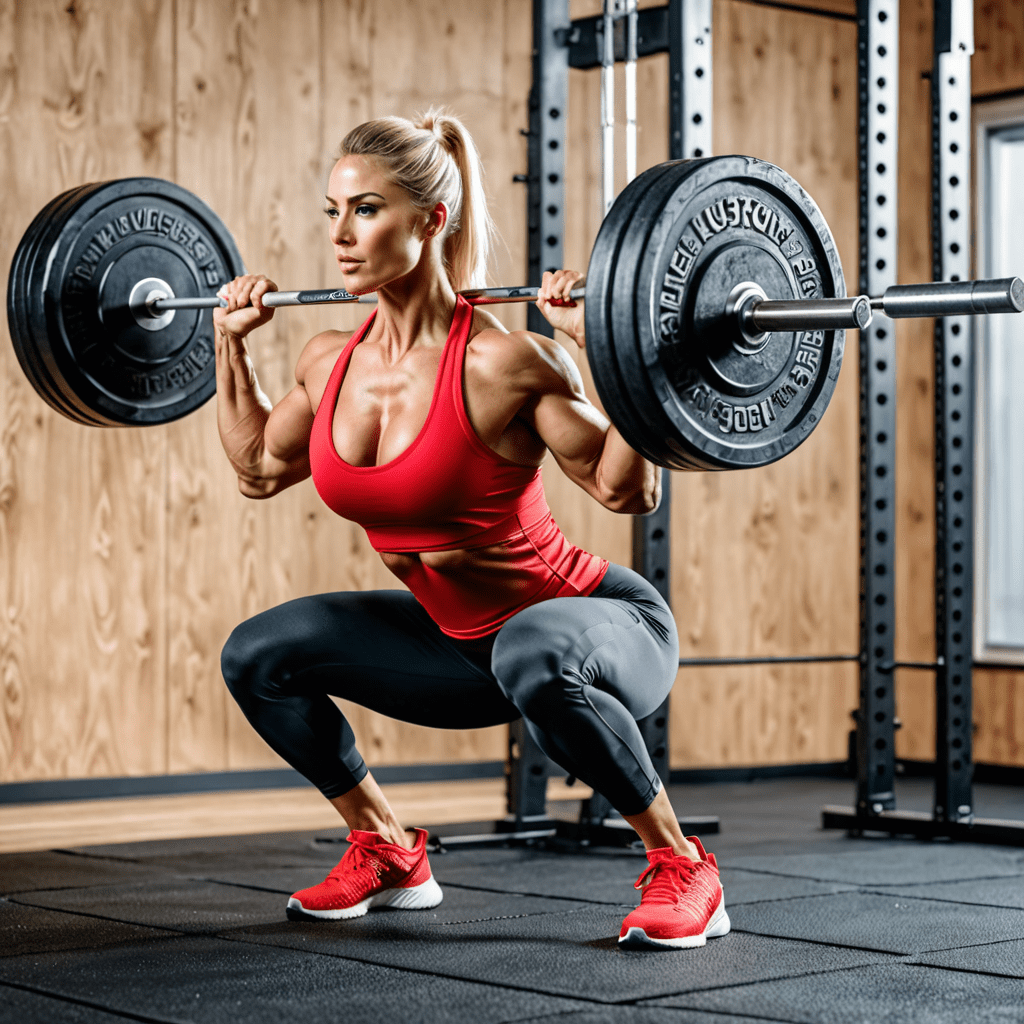
The Role of Movement Variability in Injury Prevention and Performance at Home
When it comes to health and fitness, understanding the importance of movement variability is crucial for both preventing injuries and optimizing performance, even when working out at home. Let’s delve into this topic to see how small changes in movement patterns can make a significant impact on your overall fitness journey.
What is Movement Variability?
Movement variability refers to the ability of our bodies to perform the same task in a variety of different ways. It involves modifying our movements slightly to adapt to changing demands, surfaces, or environments. Embracing movement variability can help enhance flexibility, strength, and overall fitness levels.
The Link Between Movement Variability and Injury Prevention
By incorporating a diverse range of movement patterns into your exercise routine, you can reduce the risk of overuse injuries. When you continually vary your movements, different muscles, tendons, and joints are engaged, preventing excessive strain on any one specific area of the body. This can help maintain balance and reduce the likelihood of chronic injuries over time.
Enhancing Performance Through Movement Variability
Improving movement variability can also lead to enhanced performance, both in terms of strength and coordination. When you challenge your body with varied movements, you stimulate different muscle groups and improve overall neuromuscular control. This can translate to better balance, agility, and overall athletic performance, even in your home workouts.
Practical Tips for Incorporating Movement Variability at Home
1. Try different workout routines such as yoga, Pilates, bodyweight exercises, and resistance training to engage various muscle groups.
2. Include balance and stability exercises like single-leg stands or stability ball exercises to challenge your coordination.
3. Mix up your cardio routine by alternating between running, cycling, and jumping jacks to improve cardiovascular fitness and movement patterns.
4. Focus on proper form and technique during exercises to ensure safe and effective movement variability.
Listen to Your Body
It’s essential to listen to your body and pay attention to any signs of discomfort or pain. If you experience persistent pain during any movement, it’s important to consult a healthcare professional or a fitness expert to address any underlying issues and prevent potential injuries.
Final Thoughts
By embracing movement variability in your home workouts, you can not only reduce the risk of injuries but also enhance your overall physical performance. Remember, small changes in your movement patterns can lead to significant benefits in the long run. Stay active, stay safe, and enjoy the journey to a healthier, fitter you!
FAQ: The Role of Movement Variability in Injury Prevention and Performance at Home
What is movement variability?
Movement variability refers to the ability of an individual to perform the same task or movement in multiple ways. It involves slight differences in the way movements are executed, which can help prevent overuse injuries and enhance overall performance.
How does movement variability contribute to injury prevention?
By incorporating various movement patterns and techniques during physical activities at home, individuals can reduce the repetitive stress placed on specific muscles and joints. This diversity in movement helps distribute the workload more evenly throughout the body, lowering the risk of overuse injuries.
What role does movement variability play in enhancing performance at home?
Engaging in a wide range of movement patterns challenges different muscle groups, improves coordination, and enhances motor learning. This not only reduces the likelihood of plateauing in performance but also leads to better overall physical capabilities during home workouts or daily activities.


